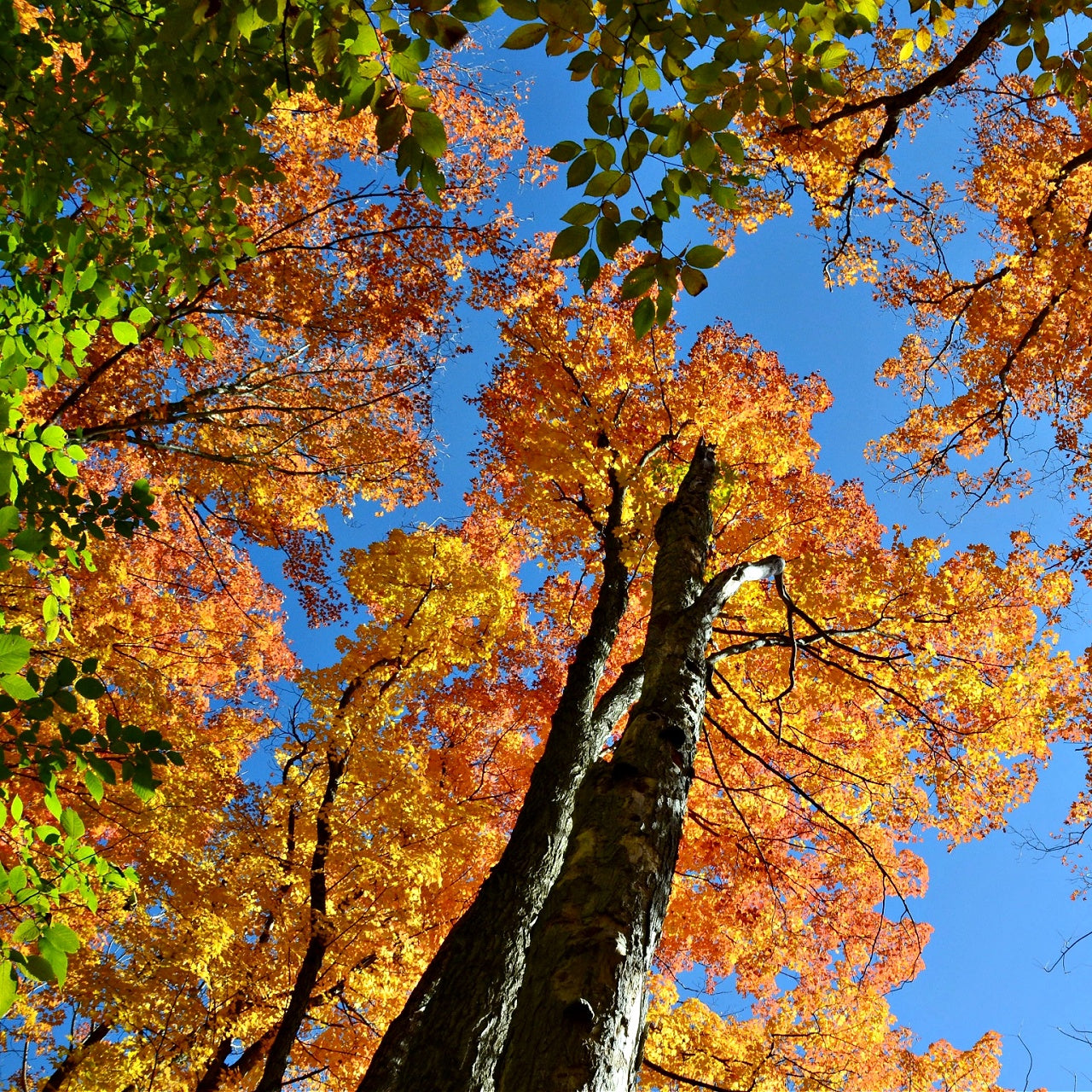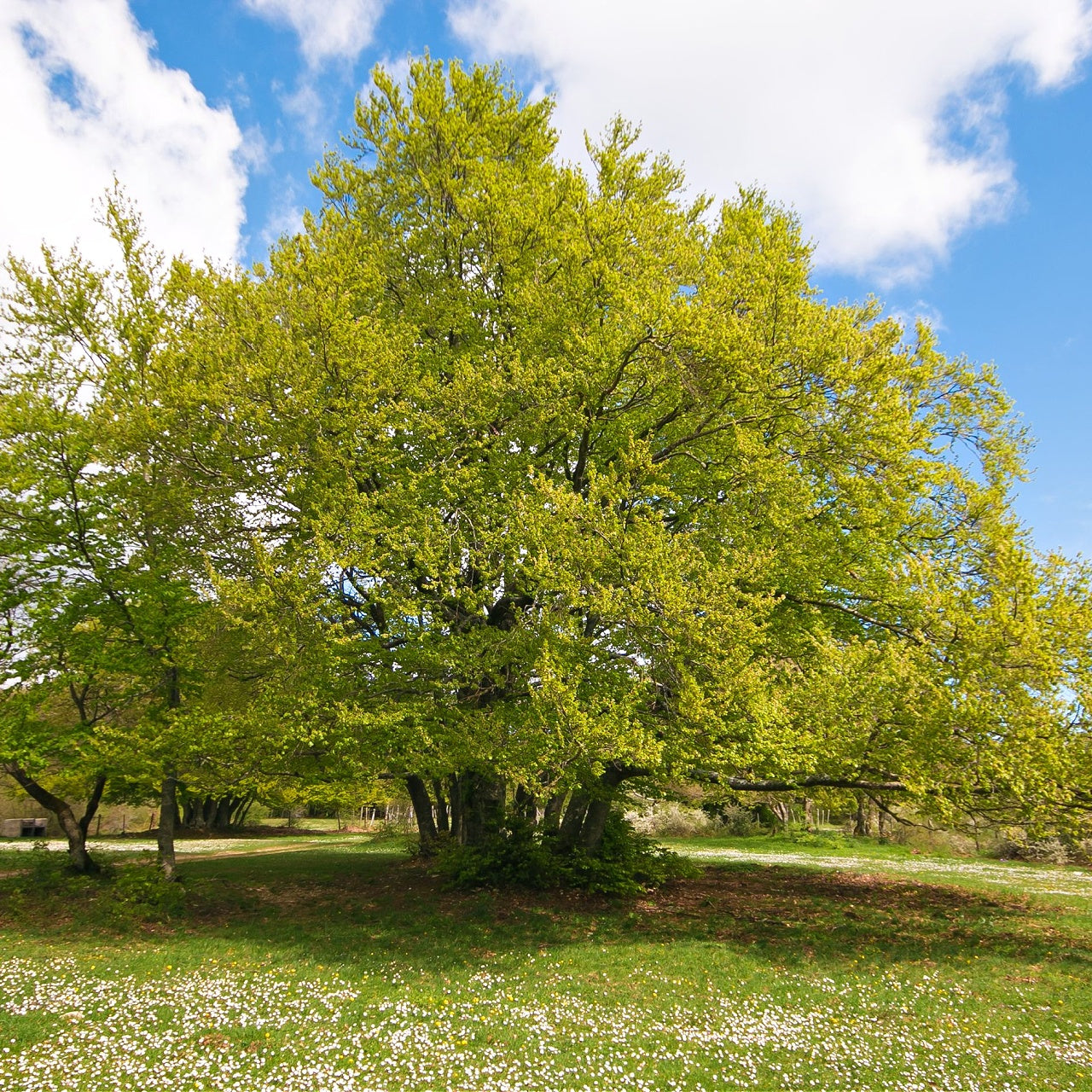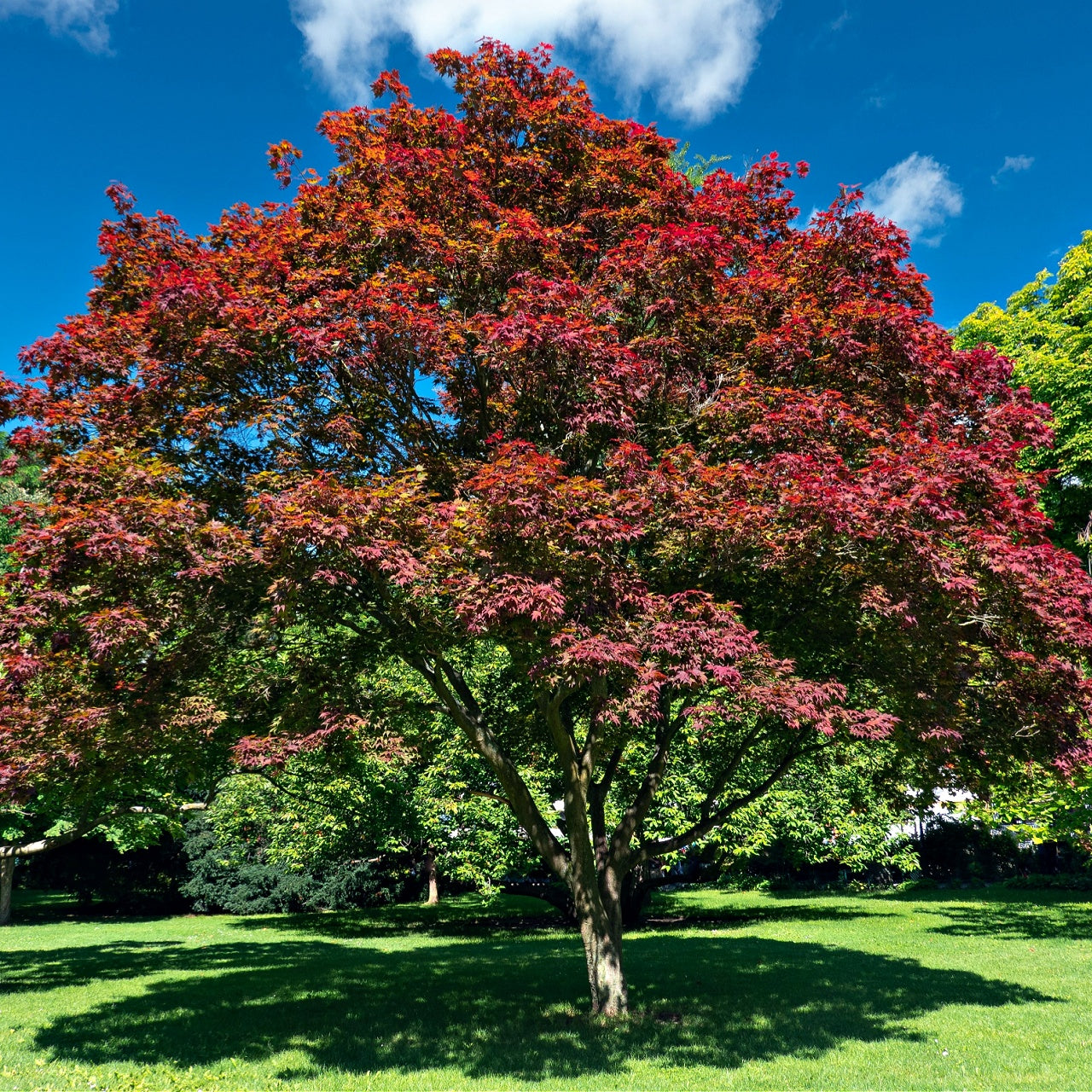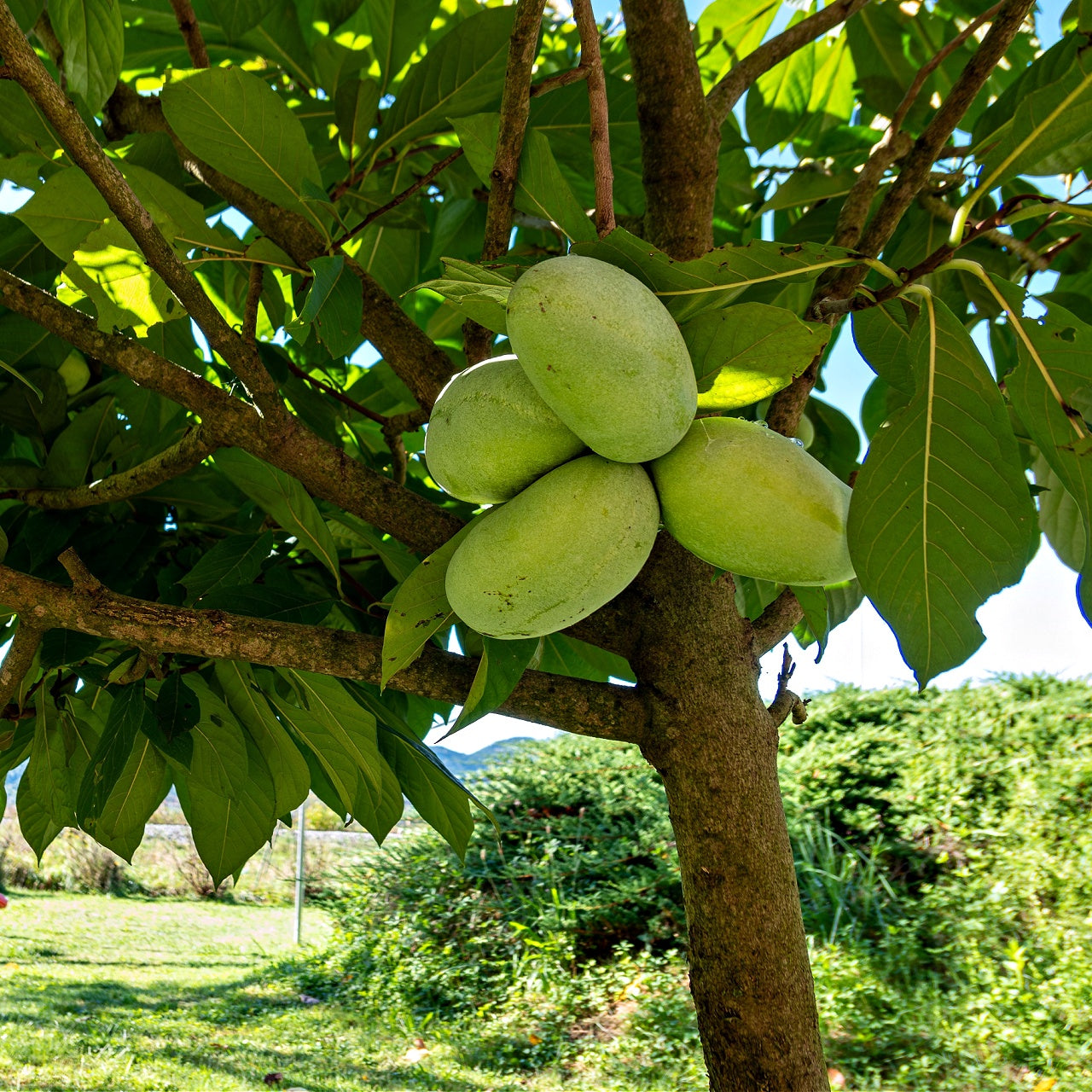
Mountain Mint: A Vibrant, Low-Maintenance Herb
Mountain Mint: A Vibrant, Low-Maintenance Herb
Mountain Mint Plant
The Mountain Mint Plant is an appealing and widespread plant that thrives in many environments. Its simple maintenance and attractive appearance make it a popular option for many gardeners, particularly those who want growth that doesn't take much time to maintain on their lawn.

Mountain Mint Plant Growth Traits
This species typically grows about three feet without regular care. It will attract insects to your yard, including destructive pests like flies and beetles and beneficial pollinators such as bees and butterflies. The simple leaves produce a pleasant fragrance that draws these creatures, helping create a vibrant, wildlife-friendly lawn.
When adequately grown, Mountain Mint produces reasonably dense growth with multiple flowerings. This benefit is obvious-you'll draw pollinators to your yard, making it more appealing for nature lovers. Be mindful of its excessive growth and trim as necessary to keep it looking neat.
Mountain Mint Plant Appearance
Typically, Mountain Mint has light-green foliage that looks particularly appealing when paired with bright flowers or lush grass. Its white blooms provide a neutral contrast to bolder colors in your garden.
Most plants of this species don't spread wildly if you maintain them, ensuring the dense appearance remains intact. Monitor potential health problems, like beetle damage, and remove harmful pests to promote strong, healthy growth.
Mountain Mint Plant Bloom Information
This unique perennial typically blooms from June through September. Its white flowers attract butterflies, bees, and birds, making it ideal for those hoping to encourage pollinators.
Fortunately, these blooms are resistant to deer, so you can expect them to hold strong. However, watch out for its aggressive growth habits, as Mountain Mint can become invasive if not kept in check.
Mountain Mint Plant Planting
Plant Mountain Mint about 12-18 inches apart in medium-dry to wet soil. It's tolerant of many soil types, making it easy for homeowners to find the perfect spot in their yard.
It usually requires full sun, but partial sun can work if you carefully water and maintain it. Consider timing your planting so the germination period aligns with cooler months, encouraging dormancy in winter and reducing the risk of it overtaking your lawn.






